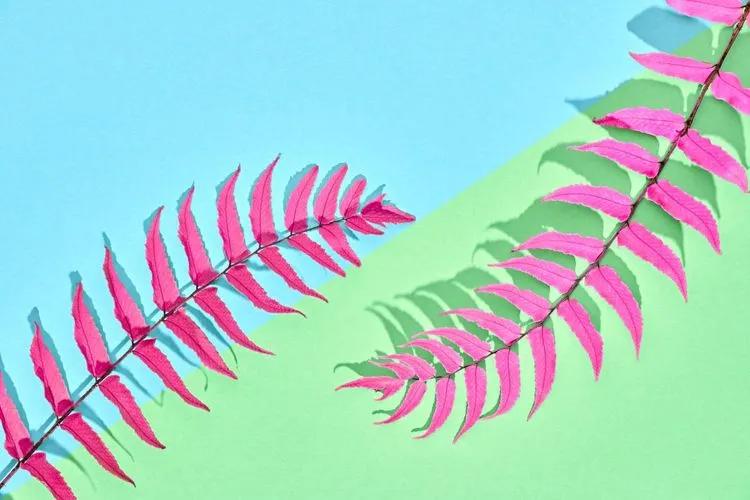 Let’s move beyond basic cacti and ordinary pothos in your kitchen. It's time to take a look at unusual indoor plants that delight the eye with their original appearance, emphasize the individual taste of the owners and surprise guests. Here are 10 houseplants with unique and unusual leaves for your interior.
Let’s move beyond basic cacti and ordinary pothos in your kitchen. It's time to take a look at unusual indoor plants that delight the eye with their original appearance, emphasize the individual taste of the owners and surprise guests. Here are 10 houseplants with unique and unusual leaves for your interior.
1. False shamrock
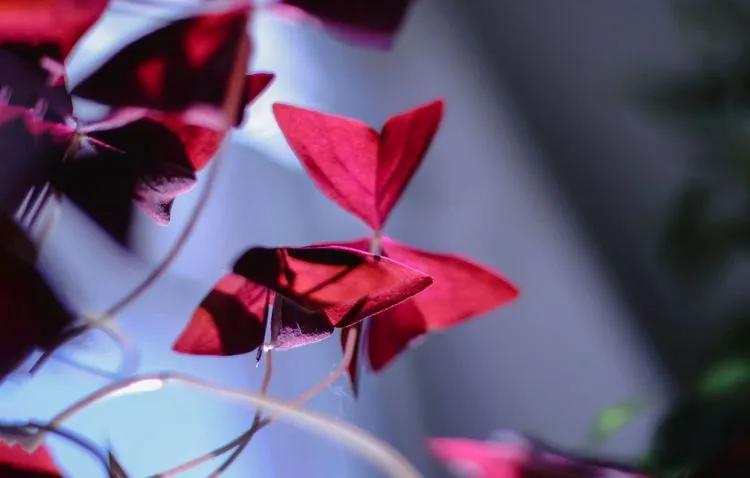 This plant, native to South America, resembles a bunch of butterflies. It raises its bright leaves up in the evening and lowers them in the early morning. This plant also needs bright light, but always diffused, while the plant grows well at air humidity, which is typical for living quarters.
This plant, native to South America, resembles a bunch of butterflies. It raises its bright leaves up in the evening and lowers them in the early morning. This plant also needs bright light, but always diffused, while the plant grows well at air humidity, which is typical for living quarters.
2. Epiphyllum Anguliger
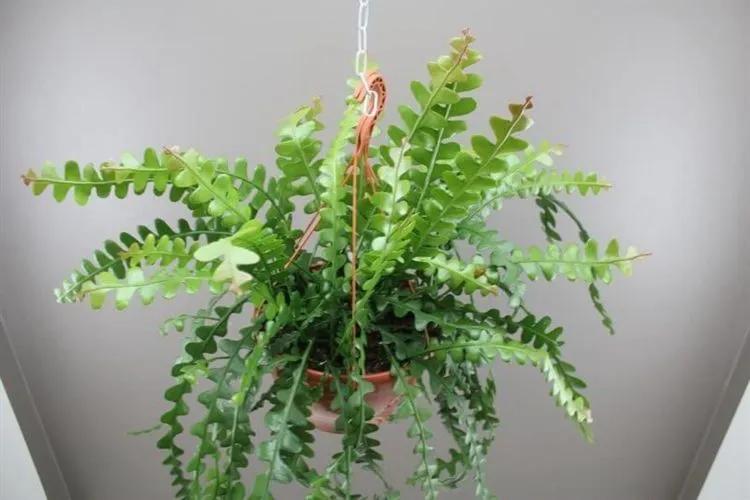 The serrated leaves of this cactus look like fish bones. The succulent will look most impressive with long leaves, hanging down. In order to achieve flowering, it is necessary to provide the plant with plenty of light. Epiphyllum does not require high humidity, but it should be watered systematically.
The serrated leaves of this cactus look like fish bones. The succulent will look most impressive with long leaves, hanging down. In order to achieve flowering, it is necessary to provide the plant with plenty of light. Epiphyllum does not require high humidity, but it should be watered systematically.
3. Monstera deliciosa
 It has an interesting leaf structure — the epidermal window consisting of a translucent area through which sunlight penetrates to the inner surfaces of the plant's leaf. Under suitable conditions, monsters can grow up to 2-3 meters. If you do not need such a large plant at home, pay attention to the monstera monkey mask — a smaller version of the usual monstera.
And for those who collect a collection of rare specimens, we recommend taking a closer look at the monstera albo with variegated leaves.
It has an interesting leaf structure — the epidermal window consisting of a translucent area through which sunlight penetrates to the inner surfaces of the plant's leaf. Under suitable conditions, monsters can grow up to 2-3 meters. If you do not need such a large plant at home, pay attention to the monstera monkey mask — a smaller version of the usual monstera.
And for those who collect a collection of rare specimens, we recommend taking a closer look at the monstera albo with variegated leaves.
4. Calathea
 Native to South and Central America, the plant has large, graphic leaves with beautiful, vibrant and unique patterns. They love high humidity, abundant regular watering and dim light. For which Instagram users are especially fond of the plant — the active movement of the leaves during the day, which allows you to shoot impressive time-lapses.
Native to South and Central America, the plant has large, graphic leaves with beautiful, vibrant and unique patterns. They love high humidity, abundant regular watering and dim light. For which Instagram users are especially fond of the plant — the active movement of the leaves during the day, which allows you to shoot impressive time-lapses.
5. Senecio Rowleyanus
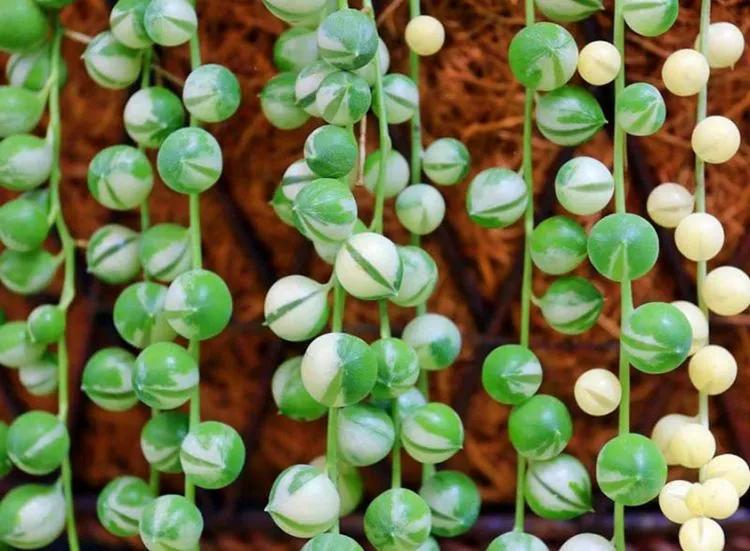 The pea-like leaves of the Senecio look like pearls strung on a string. A lot of light, normal air humidity and moderate watering are the basic principles of plant care. Most often, the groundwife is grown in hanging pots or branches are left hanging freely, but be careful if there are cats and children at home — leafy peas are very toxic.
The pea-like leaves of the Senecio look like pearls strung on a string. A lot of light, normal air humidity and moderate watering are the basic principles of plant care. Most often, the groundwife is grown in hanging pots or branches are left hanging freely, but be careful if there are cats and children at home — leafy peas are very toxic.
6. Trachyandra tortilis
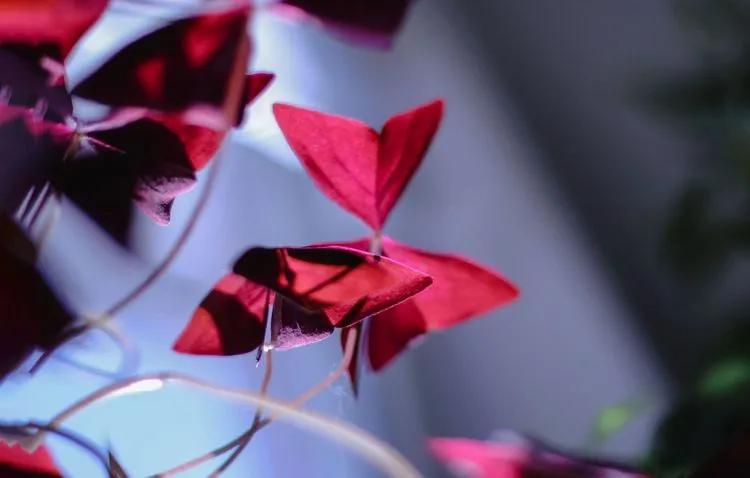 Its leaves look like green vermicelli. Trachyandra calmly tolerates drought and temperature extremes, but cannot fully develop without an abundance of diffused light and fresh air.
Its leaves look like green vermicelli. Trachyandra calmly tolerates drought and temperature extremes, but cannot fully develop without an abundance of diffused light and fresh air.
7. Crassula Buddha's Temple
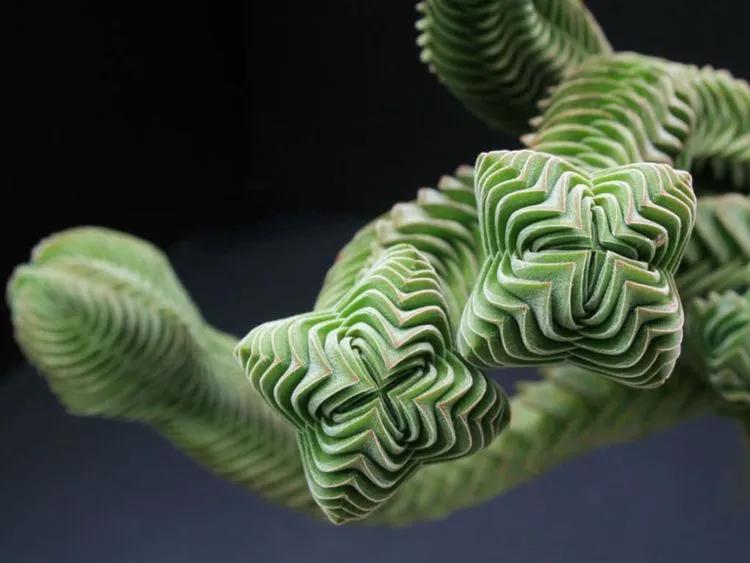 The leaves of this succulent look like dragon scales. Crassula Buddha Temple grows poorly in direct sunlight, but loves abundant diffused light. Needs a transplant every 2-3 years and immediately after purchase in the store.
The leaves of this succulent look like dragon scales. Crassula Buddha Temple grows poorly in direct sunlight, but loves abundant diffused light. Needs a transplant every 2-3 years and immediately after purchase in the store.
8. Hoya Carnosa tricolor
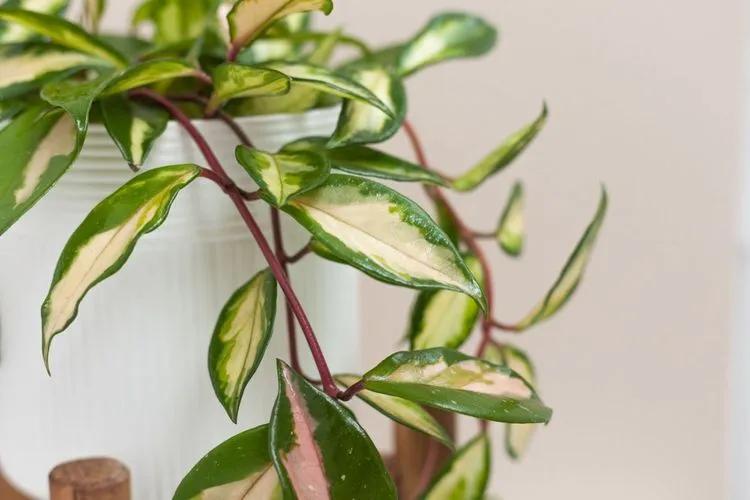 Hoya tricolor is an evergreen perennial vine with curly or cascading shoots. It has tricolor leaves. Furthermore, it is considered one of the most beautiful.
Hoya tricolor is an evergreen perennial vine with curly or cascading shoots. It has tricolor leaves. Furthermore, it is considered one of the most beautiful.
9. Living Stones
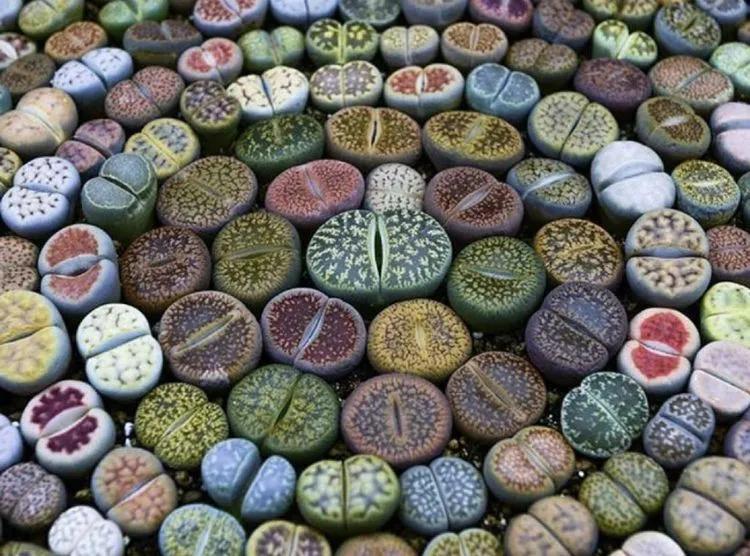 The succulent plant lithops (Lithops), which is popularly called "living stone", is a representative of the Aizoaceae family. In nature, it prefers to grow on limestone, granite and rocky dehydrated soil. Such an exotic plant has a very unusual appearance: it has only a couple of massive leaf plates. For ten years of life, it reaches a size of about 50 mm, while its life expectancy is a maximum of 15 years. Lithops is undemanding to care and growing conditions.
The succulent plant lithops (Lithops), which is popularly called "living stone", is a representative of the Aizoaceae family. In nature, it prefers to grow on limestone, granite and rocky dehydrated soil. Such an exotic plant has a very unusual appearance: it has only a couple of massive leaf plates. For ten years of life, it reaches a size of about 50 mm, while its life expectancy is a maximum of 15 years. Lithops is undemanding to care and growing conditions.
10. All members of the genus Haworthia
 Combined in dense, low rosettes, they serve as a reservoir of life-giving moisture, which the plant needs during periods of prolonged drought.
Some species are striking in their translucent structure, which allows sunlight to pass into the inner body of the plant, which is rich in chlorophyll-containing cells.
Haworthia fasciata (Haworthia fasciata) is one of the most impressive indoor representatives of the genus. The leaves are dark green, fleshy, covered with white outgrowths that form regular stripes resembling a zebra pattern, which is why both species are commonly known as zebra.
Combined in dense, low rosettes, they serve as a reservoir of life-giving moisture, which the plant needs during periods of prolonged drought.
Some species are striking in their translucent structure, which allows sunlight to pass into the inner body of the plant, which is rich in chlorophyll-containing cells.
Haworthia fasciata (Haworthia fasciata) is one of the most impressive indoor representatives of the genus. The leaves are dark green, fleshy, covered with white outgrowths that form regular stripes resembling a zebra pattern, which is why both species are commonly known as zebra.
